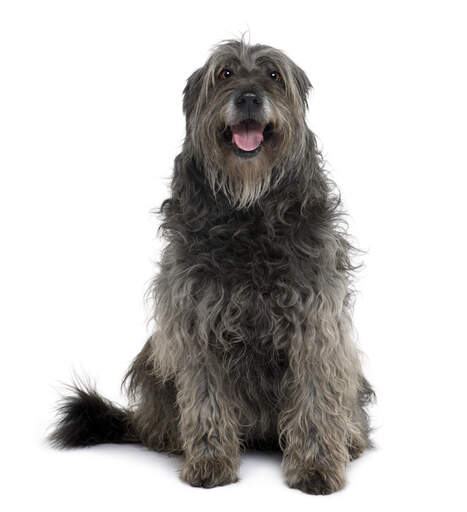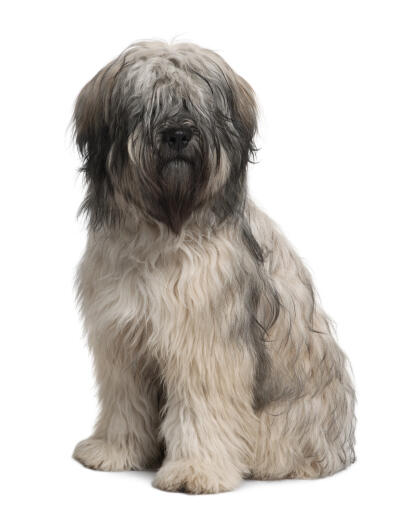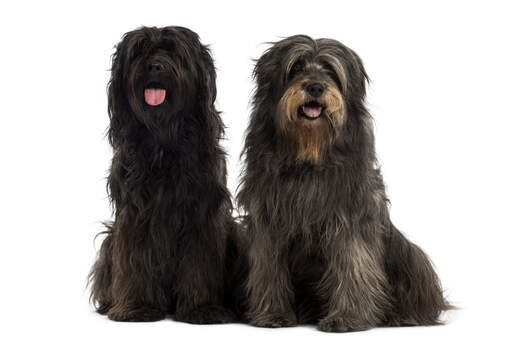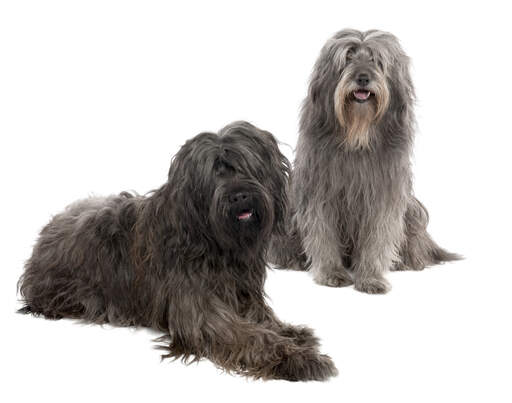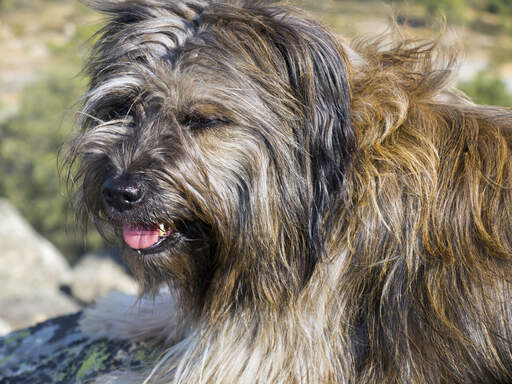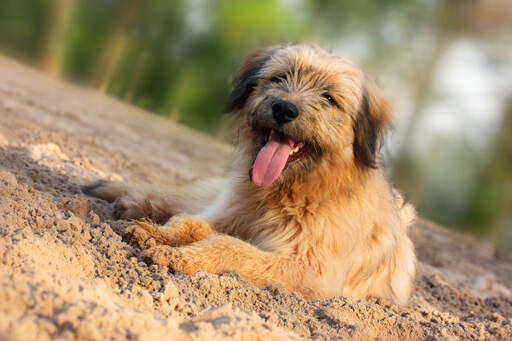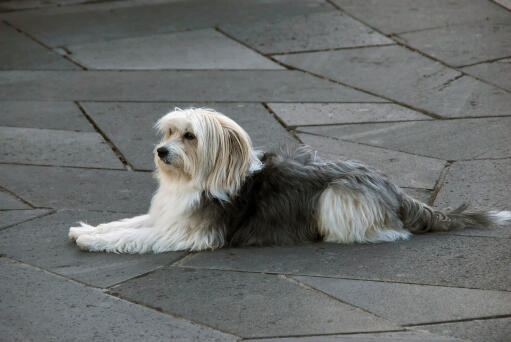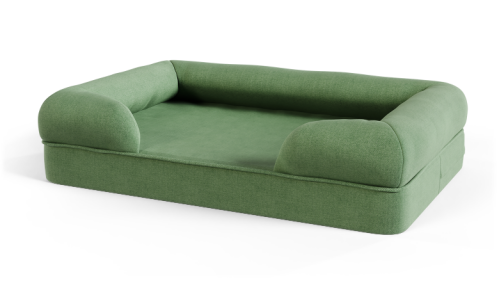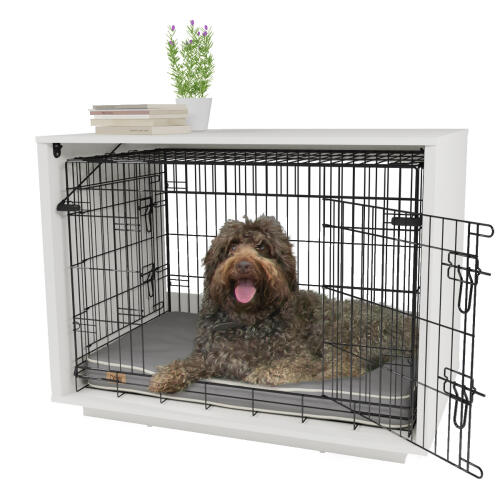Katalanischer Schäferhund







Geschichte
The Catalan Sheepdog originates from Catalonia in Spain and was bred as a herding dog. It is thought to have been introduced by the Romans thousands of years ago, when they invaded Spain. It was then used to guard the flock and also to herd cattle, but it's exact bloodline is uncertain. It was probably bred from an ancient Pyrenean Mountain type dog. They were used in World Wars I and II as messenger and guard dogs and today are used as Police dogs and for search and rescue in Spain. It was becoming a very rare breed until the 1970's when a group started breeding them again. They are still used today as herding dogs and their numbers are slowly growing.
Verhalten
These gentle obedient dogs make great family pets and are good around children. They have a patient nature and are rarely aggressive. They can sometimes be wary of strangers, but good socialisation at a young age should prevent any problems. They have less 'herding nature' than other sheepdog breeds, so are less likely to try and round up children or other dogs when out and about. They get on well with other dogs and cats if raised with them and form close bonds with their family. They make good watch dogs and are naturally watchful over those around them.
They are easy to train, relish being close to their owner and love being doted on. They respond well to fair, consistent training with lots of praise. Activities such as agility, flyball, herding and general obedience help keep their minds active and they thrive when given a job to do. They are a hard working breed that need to be kept busy. Their active minds need to be kept stimulated, so adult training classes are recommended, along with training every day to reinforce who is boss; plus they enjoy it. Their intelligence means that they can become bored easily, so training, long walks and lots of games in the garden will prevent destructive behaviour. They can be left for short periods if they have received a long walk beforehand.
Requiring a fair amount of exercise, a long daily walk and chance to run around will keep them happy. Recall is usually good once trained, but the herding instinct can kick in at any time, so best walked in a secure area when they can't run off to try and herd the local wildlife. They are rarely dog aggressive, but there are always exceptions. Making sure they meet lots of new dogs from a young age really does pay off later in life.
Their coat needs regular brushing to remove dead hairs - at least 3 times a week - which will keep it in good condition.
They only really suffer from Canine Hip Dysplasia and sometimes dental problems. Getting them used to having their teeth looked at will pay off when it comes to vet visits.
Charakter
Catalan Sheepdog have a dependable and balanced temperament. It is fair to consider them an all round dog who could adapt well into a range of family settings. That said their herding instincts will often kick in and you will find them trying to dictate you around the house. Early socialisation will pay dividends in the dogs future and it is particularly good to have them meet plenty of children. Protective of family the Catalan also makes a good guard dog.
Gesundheitliche Probleme
Health problems that may affect the Catalan Sheepdog include canine hip dysplasia (CHD), patella luxation (dislocation of the kneecap), progressive retinal atrophy (PRA: degeneration of the retina which can lead to blindness), epilepsy, glaucoma and some dental problems.
Einzelheiten zur Rasse
- Status: Selten
- Lebenserwartung: 12 - 14 years
- Produktgewicht: 18 - 27 kg
- Höhe: 16 - 19"
- Selten: Ja
- Fell: Größe M
- Pflegeanforderungen: Einmal pro Woche
- Stadt oder Land: Beides
- Mindestanforderungen an Umgebung: Kleines Haus
- Mindestanforderungen an Garten: Kleiner bis mittelgroßer Garten
- Rassetyp: Weidehund
- Version: Größe M
- Energieniveau: Größe M
- Benötigte Bewegung: Bis zu einer Stunde

